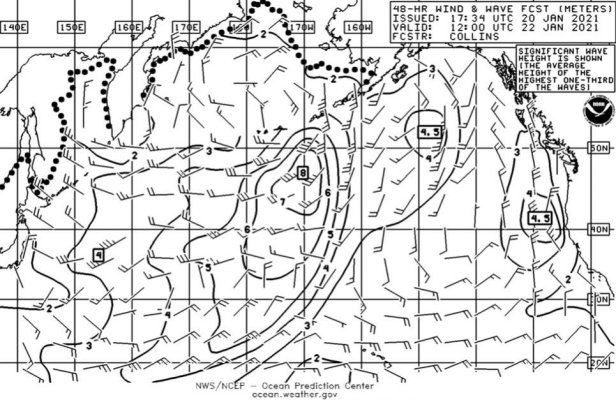Thanks for the benefit of your insights. So far this thread has been very helpful. Do notice on the SDs we’ve toured although lockers are more commonly latched floorboards and constraints on shelving not so much. We’ve had latches even on compartments with vertical access under the settees cushions installed. Before passage would stuff pillows or bedding into any residual space in lockers so there was no possibility of things shifting. Thinking was you don’t need a knockdown for things to get moving or even flying. Do you have similar concerns? Have you made modifications to prevent this? Do you routinely prevent chairs or other seating from shifting by a modification before leaving?
When storing things always tried to put the heavy stuff close to the center and low. For a given LOA power tends to be much heavier than sail. Especially for FD boats. Outbound46=30k lbs. N40=50k lbs. Do you have a similar concern about gyradius and heavy ends with your boat or is the impact so minimal as not worth worrying about?
Weight varies dramatically with boat design. My 38 footer is spec-ed at 21,600 lbs dry, so I figure 26k loaded, maybe a little more. A GB36 is 26k dry, the 42 is almost 35k dry. The FD stuff like a Nordhavn tends to be far heavier, as the weight has far less of a performance impact. So they build it how they want and as strong as they want, but don't worry nearly as much about making anything lighter. At the extreme opposite of the Nordhavn, a dock neighbor has a Sea Ray almost identical in dimensions to my boat, but not as tall (being an express cruiser). It's a whopping 5000 lbs lighter than my boat. Even the sport fish they built on that hull is still 3000 lbs lighter than my boat.
I don't worry about latching floor hatches. At least on my boat, if I get knocked far enough for a hatch to depart its intended location, I'm at least into the range of downflooding through the engine vents and possibly into the range of "it's not coming back".
I do give thought to where things are placed, or modifying storage locations a bit to make sure things don't go flying. Outside of passagemakers, manufacturers know that 95% of the boats they sell won't be used anywhere near their maximum capability. So they save some cost by not optimizing storage for rough seas.
Furniture-wise, I have a pair of bar stools that get laid down in rough seas, as they'll fall over somewhere around a 20 - 25 degree roll depending on how violent the roll is. The previously mentioned very steep 4 - 5 footers against a river current (which produced enough pitching that I was expecting to put the pulpit into a wave) didn't tip the stools. The club chair and hi-lo table have never moved that I've seen, so I don't know what it would take. The table would probably slide first, but the chair is a bit heavy and the feet sink into the carpet, so I'd expect I'd be in the 40 degree range before it goes anywhere. If I ever expected to see conditions where those would be an issue, I'd find a way to secure them. But those conditions would be really pushing the limits of my boat, so I avoid them by a pretty good margin.







